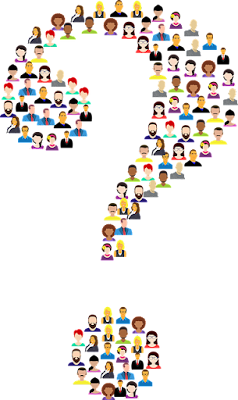Who, What, When, Where, and How = WHY

[Valorie] In our research, we're always seeking to establish identity, relationships, locality, occupations, and most of all, to understand the lives of our forebears. WHO includes everyone, not just our "direct" ancestors , but their families, friends, enemies, neighbors, fellow congregants and club members, colleagues, competitors, fellow travelers and "kin," however they defined that. We know where to find them—census (including agriculture and manufacturing schedules), tax lists, newspaper articles, city directories, club rosters, church records, family photos, scrapbooks, county histories and so on. Critical, specific information was the plot of land where they made a living, alongside neighbors and relatives. Where? MAPS How about maps as a tool to help ? In preparation for today's workshop on platting , I watched a very old Legacy webinar by Mark Lowe of Kentucky and Tennessee, about how to use the plats to learn more about our ancestors than I thou...



